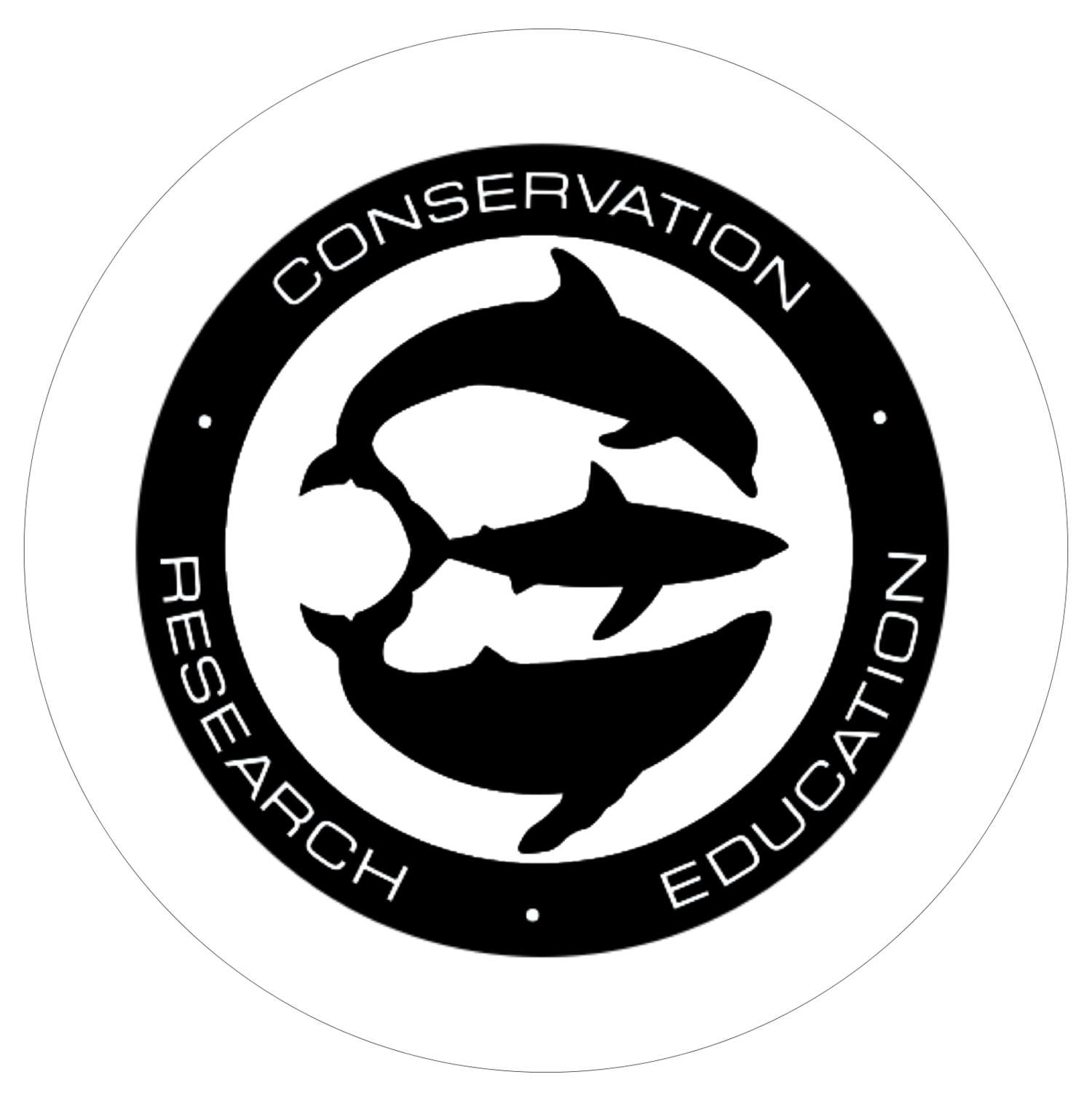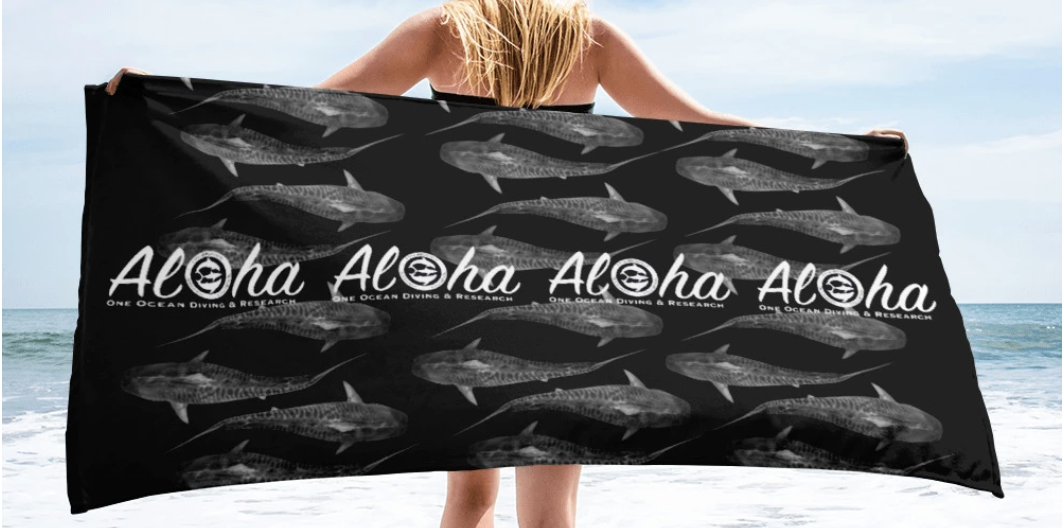The ocean covers seventy percent of the world’s surface and is believed to contain 46,000 pieces of plastic per square mile. Each piece of plastic can take anywhere from 20-1,000 years to break up into smaller pieces, which is to say that it will not completely break down, as most plastic will not decompose completely. Those pieces that do manage to break down create toxins that are carried throughout the ocean. It is believed that every piece of plastic ever made is still somewhere in the ocean. This plastic accumulation causes serious problems for the ocean and marine life. For those who do not care about the ocean or the creatures that live there, perhaps it will be of interest to know that plastic is causing harm to people as well. Plastic waste is constantly ingested by various creatures that are at the bottom of the food chain, which then releases toxins throughout their bodies that is transferred to the creature that ingests them, and so on, slowly making its way up the food chain until the toxins eventually reach our markets and dinner tables, causing serious health problems to those who consume the contaminated fish and marine animals. Although these numbers are overwhelming, it is important we do not get discouraged and take a stand to help save the ocean, marine life, and our own human population before it is too late. Throughout my life, I have learned the smallest events can result in the biggest impacts. Alone, each drop in the ocean is insignificant, but when they all come and move together it creates monumental force. Beneath the surface lies an even greater power in insuppressible currents; from above it may seem calm and delicate, however, below it exists more life than the very land we thrive on. It is a place that should not be used as a trash can, but rather treated with the utmost respect and appreciation.
June 8th, 2017 was World Oceans Day, a day dedicated to the immensely beautiful and everlasting oceans across the world. This is a day to take a stand and give back to the ocean and its inhabitants and what better way to do that than help remove some of the toxins poisoning it. A beach cleanup at Pounders Beach, on the northeast side of the Hawaiian island of Oahu, was organized with the support of One Ocean Diving, One Ocean Conservation, Keiko Conservation, Water Inspired, 4 Ocean, Devoted to the Ocean, Happy Earth Apparel, Naturez Way, Clark Little, Core Power Yoga, Xcel Wetsuits, Guayaki, Mermaids for Change, Real Life Mermaid Shop, Yoga Kai Hawaii, and many other sponsors.
It was a day that proved even the smallest effort can result in significant change. The clean-up began around 11:00am and over 20 people showed up, including many keiki (children) supporters. Seeing so many kids interested and excited to help make a difference was truly inspiring. Saving the ocean and world from the negative impact we have created through our use and improper waste management of plastic is going to take time and patience, and in the end it is going to be up to future generations to correct our mistakes.
Throughout the cleanup it started to rain a lot and all of our volunteers pushed through the rain and kept collecting debris scattered along the beach - their dedication was amazing. Around 12:30pm a storm came through with strong wind and rain that was too hard to ignore and we had to end the clean-up early. Although the time was short, the impact was great. Over the span of a hour and a half we managed to fill up the bed of a truck with the garbage collected. Without the generosity of our sponsors and dedication of the volunteers this event would not have happened. We came one step closer to healing our beloved ocean, mahalo to all the sponsors and volunteers that made this event possible.
“Humanity is made up of people like the ocean is made up of drops. As the ocean pounds on the shore line, humanity pounds on fragile ecosystems. Like the ocean at the mercy of the wind we seem swept away by the demands of our times, cars, devices, disposable goods. We may be drops, but together we have the power of an ocean.” - Unknown









